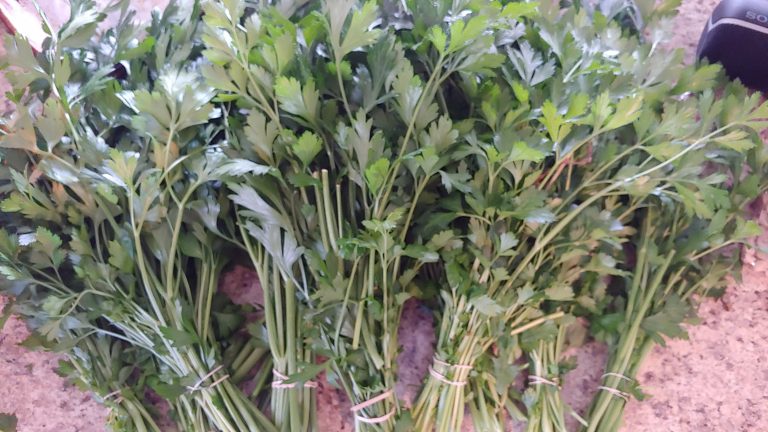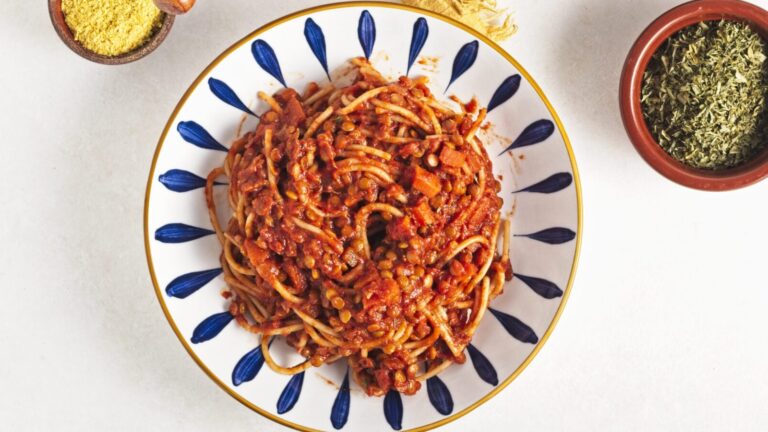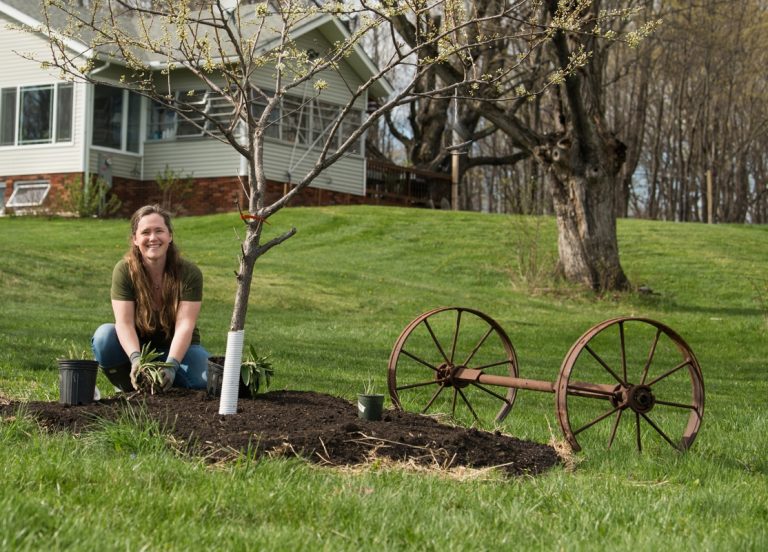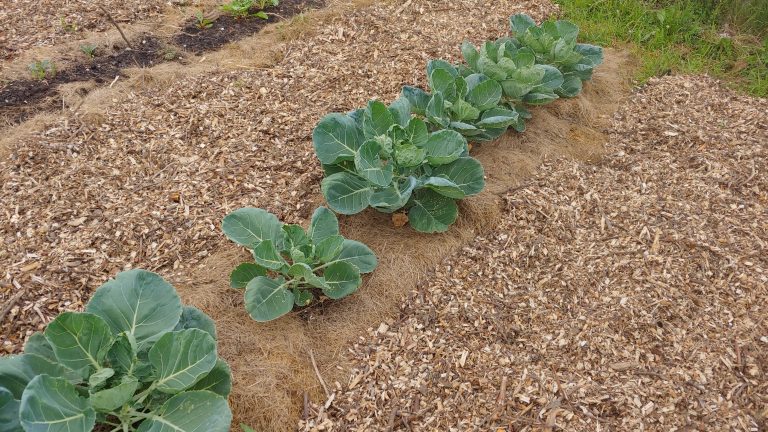This post may contain affiliate links.
Many gardeners use flowers as natural borders to give their gardens a polished look. Border plants can help add definition, color, and beauty to your landscape. Planting these flowers in groups can have a dramatic impact by helping to tie your garden’s design together and soften the hard lines of pathways and driveways.
With so many beautiful options available, it is important to choose border plants that offer long-lasting blooms and contribute color and dimension throughout the season. Here are 21 border plants you should consider for your garden borders.
Astilbe

With feathery plumes of white flowers above fern-like foliage, white Astilbe adds a unique look to any garden. This plant does best in partial to full shade in moist, humus-rich soil. Keep soil consistently moist, especially during dry spells. Mulch to help retain moisture and keep roots cool.
Zinnias

Zinnias are a butterfly favorite, with their wide range of colors and easy-to-grow nature. They bloom all summer long, giving butterflies a constant source of nectar.
Lavender

Lavender is excellent for creating aromatic borders and pathways. It is also used in dried floral arrangements and essential oils. It needs full sun and well-drained slightly alkaline soil. Once established, water sparingly to prevent root rot, and prune annually for shape and increased blooms.
Marigold

A garden favorite, marigolds repel pests and attract beneficial insects, making them perfect for borders and companion planting in vegetable gardens. It is best to plant in full sun and well-drained soil. You must water regularly but allow the soil to dry slightly between waterings. Remove old blooms to promote continuous flowering.
Salvia

Salvia adds vertical interest to borders and attracts pollinators like bees and butterflies with its colorful blooms. Requires full sun and well-draining soil. Water moderately, ensure mature plants do not remain soaked, and deadhead for continuous blooms.
Daylily

Daylilies are versatile and hardy. With their variety of colors and sizes, they are suitable for any border and also work well in larger plantings. They prefer slightly acidic, well-drained soil. Water regularly, especially in dry periods, and deadhead spent flowers.
Hosta

With its colorful foliage, Hosta is ideal for shaded borders or planting under taller shrubs. It offers shades of greens, yellows, and reds. Hosta requires shade and thrives in moist, rich soil. Keep soil consistently moist, protect it from pests, and ensure it isn’t exposed to too much sun.
Thrift

Coneflower

Coneflowers provide a natural, wildflower look and attract wildlife like birds and butterflies, making them popular for garden borders. Coneflowers thrive in full sun to light shade. Once established, they are drought-tolerant. Deadhead old blooms to extend flowering and control self-seeding.
Sedum

Sedums have succulent leaves that offer year-round color and are drought-tolerant. Prefers full sun and well-drained, poor soil. It’s best to avoid overwatering to prevent root rot.
Azaleas

Azaleas dazzle with spring blooms in vivid shades, some varieties offering foliage that lasts all year. They enjoy slightly acidic, well-drained soil and can brighten both sunny and partially shaded spots.
Phlox

Phlox are perfect for traditional cottage garden looks, providing sweet-smelling blooms that attract pollinators. Requires full sun and fertile, well-drained soil. Keep soil moist during bloom and prune post-blooming to prevent mildew.
Bee Balm

Bee Balm adds bright color to borders and attracts hummingbirds and beneficial insects. It is best in full sun to partial shade in rich, well-drained soil. Water regularly and manage pests like mildew and insects.
Catnip

Catnip is effective in borders, herb gardens, and as ground cover, repelling common garden pests with its fragrance. It thrives in full sun to light shade and well-drained soil. Once established, it is drought-tolerant. Trim midseason to refresh the plant.
White Impatiens

White Impatiens are shade-loving plants with vibrant white flowers and little to no fragrance. It thrives in shade with moist, well-drained soil. It should not be gro
Peony

Peonies are stunning focal points with their large, fragrant blooms attracting bees and butterflies. Deep, fertile, well-drained soil in full sun is needed. Regular watering during bloom and support for heavy blooms may be necessary.
Aster

Asters bring late-season color and are hardy and easy to care for, enhancing garden borders well into the season. Plant them in full sun in moist, well-drained soil. Water regularly and divide clumps periodically.
Snapdragon

Snapdragons add height and color to borders and are available in various shades to complement any garden design. They need full sun and rich, well-drained soil.
Sweet Alyssum

This plant forms blankets of fragrant flowers in shades of white, rose, lavender, or purple. It’s a low-maintenance, cool-season annual, perfect for edgings, flower beds, and containers, thriving in full to partial shade.
Begonia

Hardy Begonia features beautiful, heart-shaped leaves and delicate flowers. It’s a resilient choice for adding a splash of color to the shaded parts of the garden. This plant does best in partial to heavy shade in rich, moist, well-drained soil. Zones 6-9
Iris

Iris plants offer stunning blooms and bold foliage, which are great as accent pieces in borders and beds. It’s best to plant them in full sun with well-drained soil. Keep rhizomes partially exposed, water appropriately, and divide every few years to manage growth.
Plants to Grow Now for a Mosquito-Free Summer

Here are some of the best plants that you can grow in your yard to help keep the mosquitoes at bay.
12 Plants to Grow Now for a Mosquito-Free Summer
How to Outsmart Gnats to Keep Them Away From Your Houseplants
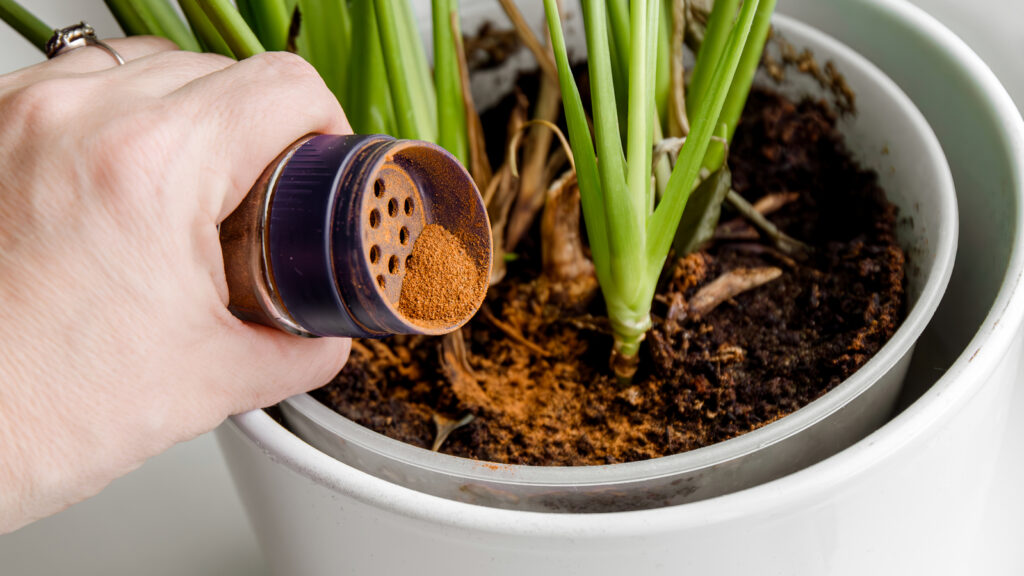
Gnats are more than just a minor annoyance; these tiny pests buzz around with a persistence that’s hard to ignore. Here are ten effective ways to keep gnats away from your house plants.
How to Outsmart Gnats to Keep Them Away From Your Houseplants
11 Reasons Banana Peels Are the Secret Ingredient Your Garden Needs

Banana peels are not just kitchen scraps but an excellent way to enrich your garden. Here are 11 reasons banana peels can be your garden’s secret ingredient.
11 Reasons Banana Peels Are the Secret Ingredient Your Garden Needs
